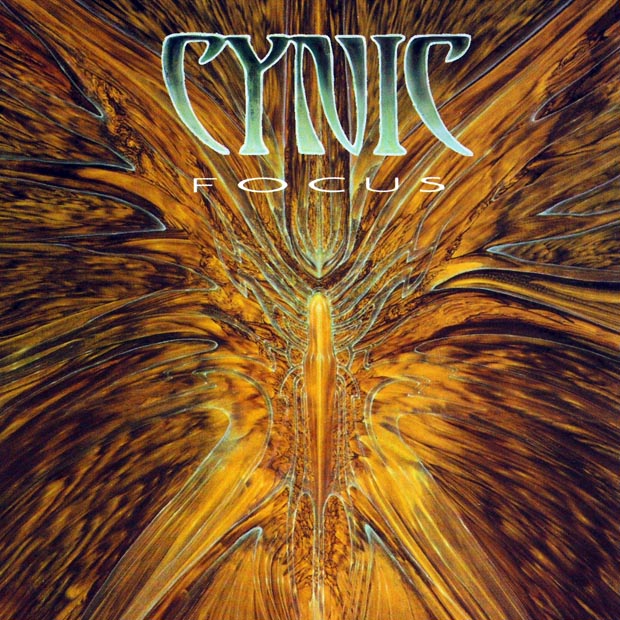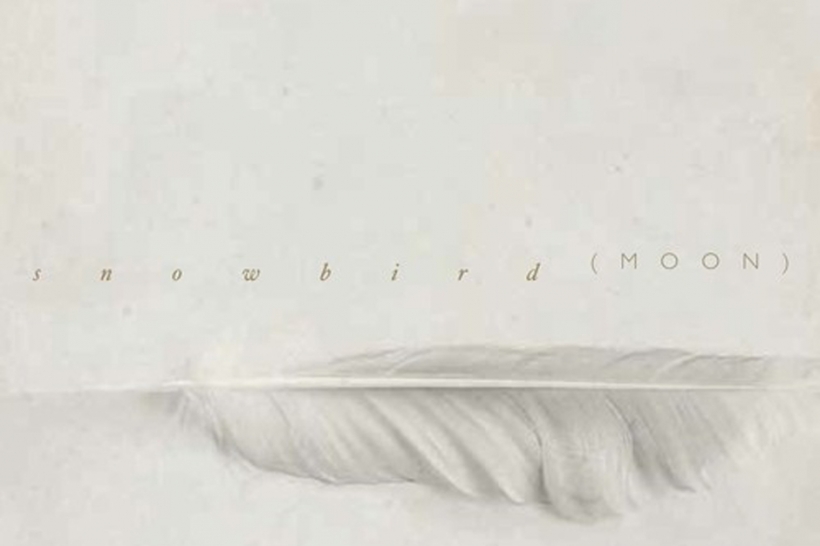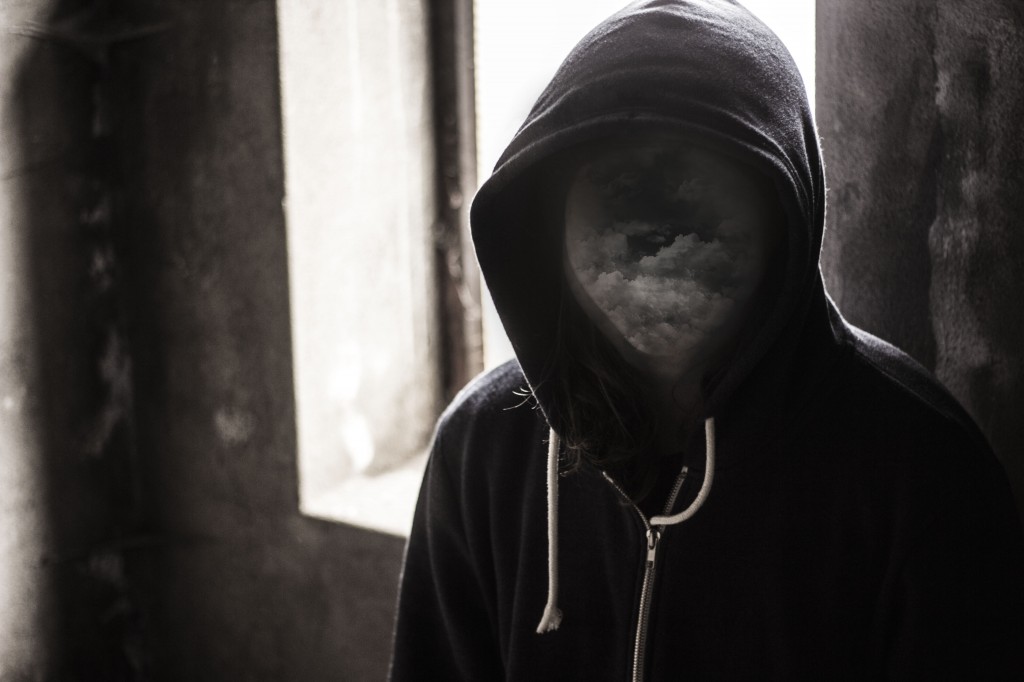In 1993, Floridia’s Cynic released their debut full length on the heels of their well received demos. After singer/guitarist Paul Masvidal and drummer Sean Reinert’s stint in Death (recording and touring the seminal Human album), anticipations were high in the fertile death metal scene – especially considering Masvidal and Reinert turned down full time positions in the band to concentrate on their own project. Although Cynic’s demos (especially ‘Reflections of a Dying World’) were death metal with thrash sensibilities, it soon became apparent that this Focus would be dramatically different. There were hints – a bass fill here, a breakdown there – that Cynic were reaching beyond death metal as other such bands had done: how far they would take it was another matter.
This album has been criticized for not being truly ‘death metal’, and only being considered as such due to the vocals. If you define ‘death metal’ by its own narrow sounds, then it may not be – but that would be doing it an injustice. Transcending the traditional paradigm of death metal in favour of jazz elements and progressive rock influences, Focus widened the gamut for death metal and extreme metal through an approach not based necessarily on the same sonic peripheries, but on the shared concept of musical exploration.
Make no mistake: this album has some very heavy passages and it is definitely a metal album, but the classification of this as a death metal album could not be achieved without self-reference. Death metal as a construct was (and to a degree still has to be) based on an experimental approach. By taking the acceptable definitions and limitations of previous music and pushing the most appealing factors – the speed, the intensity, the technicality, the darkness – death metal evolved from thrash and speed metal before it. Cynic took this avant garde philosophy and brought in their own inspirations from such bands as Mahavishnu Orchestra and Return to Forever, combining their sense of melody and depth with the riffing and density of such luminaries as Atheist and Pestilence. The end result is one of the most creative, engaging and sophisticated metal albums around.
First of all, the level of musicianship on this album is breathtaking. The guitar melodies weave around the pulsating bass, and the drumming holds everything down. The performances on this release really were – for me – the pinnacle of musicianship in the early death metal scene. That being said, technicality was nothing new in the realms of death metal and to all extents and purposes almost became a prerequisite for all but the most bestial of bands. However, the counterpoint between the different styles which compose the songs is the defining characteristic of the album and one which has made it stand up for so long. The guitar riffs are reminiscent of early tech-death pioneers Pestilence in many places, with some of the chugging even bringing to mind the mighty Coroner. The drumming propels the music along with such strength and purpose that an absence of blast beats does nothing to lighten the aggression from the riffs – unless it needs to. Instead, the rhythm section, with their sprawling bass lines, is a veritable clinic in syncopation in a manner very much reminiscent of Watchtower.
To further separate this album from the extreme metal norm, the lyrics do not delve into the occult, nor outline any violent fantasies. Instead, the lyrics are drawn from various chants, mantras and prayers of a variety of New Age and ancient religions, groups and schools of philosophy. Not what one would expect, but this just adds to how very different this album is. It is yet another example of how this album has furthered the expansion and growth of death metal, and metal as a whole.
In conclusion, this album is a milestone in the development of extreme metal. A benchmark for technicality and songwriting while retaining the energy and aggression integral to the genre, it is an album every metal fan needs to at least hear. It had a huge influence on me both in my listening habits and as a musician, and through its blending of styles and themes really illustrated how the only musical or stylistic limitations you work within are ones which you impose upon yourself. Conchobhar Ó Dochartaigh







